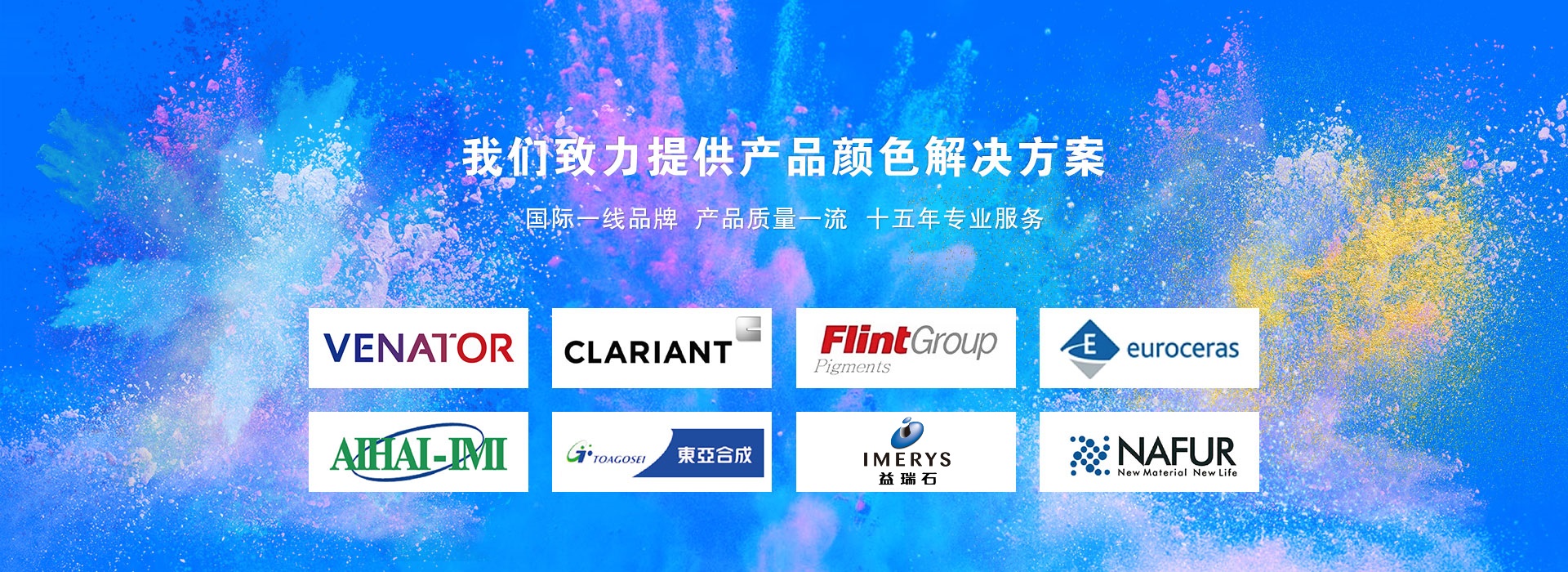How to improve the hiding power of gravure white ink
When packaging and printing companies undertake a batch of transparent film packaging jobs, they need to use white ink as a primer, but the problem of insufficient white ink hiding power has plagued many companies. On this issue, we should understand the main factors that affect the hiding power of the ink, such as: ink color density, ink layer thickness, pigment dispersion and other three aspects, and then conduct corresponding test analysis.
1, ink color density
Increasing the ink color density is a main method to increase the hiding power of the ink. In printing, a specially configured ink color density of 55% titanium dioxide ink (normal white ink color density is 25%, titanium dioxide pigment is currently the whitest, covering The most powerful white pigment). Although its hiding power is better than ordinary white ink after printing, it still does not meet the requirements. Due to the high color density, less solvent and fast drying, it is easy to cause blockage, and the leveling of the ink after printing is not good. Chalking occurs, so other methods should be considered.
2, ink layer thickness
We know that the thickness of the gravure ink layer can reach 8-15μm, but if the gravure white ink layer is only 3-4μm below the standard, there will be problems. You can investigate from the following aspects.
(1) Plate cylinder production. The engraving depth of the plate cylinder of the supplier has reached the maximum (60μm), but due to its technical limitations, the engraved cells are pyramid-shaped, and the pyramid-shaped cells are easy to block the plate and cause poor ink transfer, so although the ink storage is increased However, it cannot increase the amount of ink transfer. At this stage, in order to better transfer the ink, the cells should be in the shape of a pyramid or honeycomb. The cells of these two shapes have a large ink storage capacity and are easy to transfer ink. In addition, the smoothness of the edge of the cell and the thickness of the chrome plating also affect the transfer of ink, so you can consider printing twice to solve the problem caused by the plate cylinder.
(2) The hardness of the embossing rubber roller is too large, and the printing material is soft, resulting in too little ink transfer in the cells. The embossing rubber roller with softer hardness should be replaced.
(3) The printing pressure is small, which causes the ink in the cell to suffer from small squeezing force and poor transfer. At this time, the printing force should be increased.
(4) The storage time of the film is too long after the surface treatment, resulting in poor ink wetting and adhesion, so it should be printed in time after the surface treatment of the printing material.
(5) The ink pigment concentration is too large, which causes the drying speed to be too fast and affects the ink application. The pigment concentration and viscosity should be adjusted appropriately.
(6) The static electricity of the film is too large during printing. After eliminating the static electricity, the electrostatic ink absorption device should be used to increase the ink transfer rate.
(7) Consider the performance of the printing press.
After taking the above measures, the thickness of the ink layer has increased significantly, but the white ink hiding power still does not meet the expected requirements, so the problem of the gravure ink itself must be considered again.
3, pigment dispersion
The hiding power of the ink essentially depends on the ratio of the refractive index of the pigment to the refractive index of the binder. When the ratio is 1, the pigment is transparent; if the ratio is greater than 1, the pigment is opaque, that is, it has hiding power. The refractive index of the pigment is affected by the dispersion of the pigment and the difference between the refractive index of the pigment and the binder. The higher the dispersion of the pigment and the smaller the above difference, the better the transparency of the pigment.
Use a suitable dispersant (Qianhe Chemical RX-166 is especially suitable for polyurethane white ink) to align the inorganic pigments in the system and form a mirror effect, thereby greatly improving the hiding power of the white ink.
The pigment of the test white ink is titanium dioxide. Titanium dioxide is a white crystalline powder. It is the most opaque of all white pigments. It has a refractive index of 1.84-2.55, high dispersion, good light resistance, heat resistance and alkali resistance.
Other printing methods use ordinary pigments, thinner ink layer and lower color density can achieve the required hiding effect, but gravure printing cannot. Gravure ink pigment particle size should be less than 5μm, and gravure ink is thinner than other printing inks, so it has a large dispersion and high transparency (that is, low hiding power). If the titanium dioxide particles used are finer and have a large degree of dispersion, the hiding power will be weak. If the desired covering effect cannot be achieved by increasing the granularity, you can only switch to other printing methods.
If you use an ink made of titanium dioxide with an appropriately enlarged particle size for printing, the hiding power of the white ink will increase. This method saves time and effort than increasing the ink color density and ink layer thickness, and can also reduce production costs.


